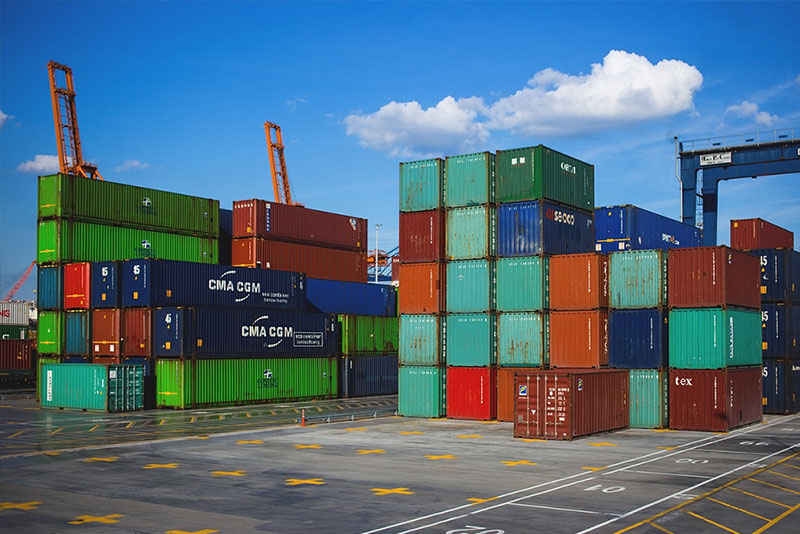In today's globalized economy, the concept of sustainable supply chain practices has become increasingly vital. Companies are under pressure to minimize their environmental footprint while maintaining efficient operations. One innovative solution gaining traction is US overseas warehousing, which plays a significant role in fostering sustainability throughout the supply chain.
So, how does US overseas warehousing support sustainable supply chain practices? Firstly, these facilities act as strategic hubs that optimize logistical efficiencies. By storing goods closer to international markets, companies can reduce transportation distances and subsequently lower carbon emissions associated with long-distance shipping.

Moreover, US overseas warehousing facilities are often equipped with advanced technologies that enhance inventory management. This capability reduces the likelihood of overstocking or understocking, leading to fewer resources wasted and a more streamlined supply chain operation.

Another critical aspect is the implementation of eco-friendly practices within these warehouses. Many facilities prioritize energy-efficient systems, recycling initiatives, and sustainable packaging solutions. These efforts not only reduce operational costs but also contribute to a greener supply chain ecosystem.
Furthermore, US overseas warehousing facilitates the consolidation of shipments. By aggregating goods in centralized locations, companies can achieve fuller container loads and optimize transportation routes. This practice minimizes the number of trips required, thereby cutting down on fuel consumption and emissions.
From a regulatory standpoint, US overseas warehousing adheres to stringent environmental standards and compliance measures. This commitment ensures that operations are conducted responsibly, meeting both local and international sustainability requirements.
Additionally, these warehousing facilities play a pivotal role in promoting ethical sourcing and labor practices. By maintaining transparent supply chains and partnering with suppliers who share similar values, companies can uphold high standards of social responsibility and environmental stewardship.
In conclusion, US overseas warehousing is not just about storage and distribution—it's about fostering sustainability across the entire supply chain. By leveraging strategic locations, advanced technologies, and eco-friendly practices, these facilities contribute significantly to reducing carbon footprints, optimizing resources, and promoting responsible business practices globally.